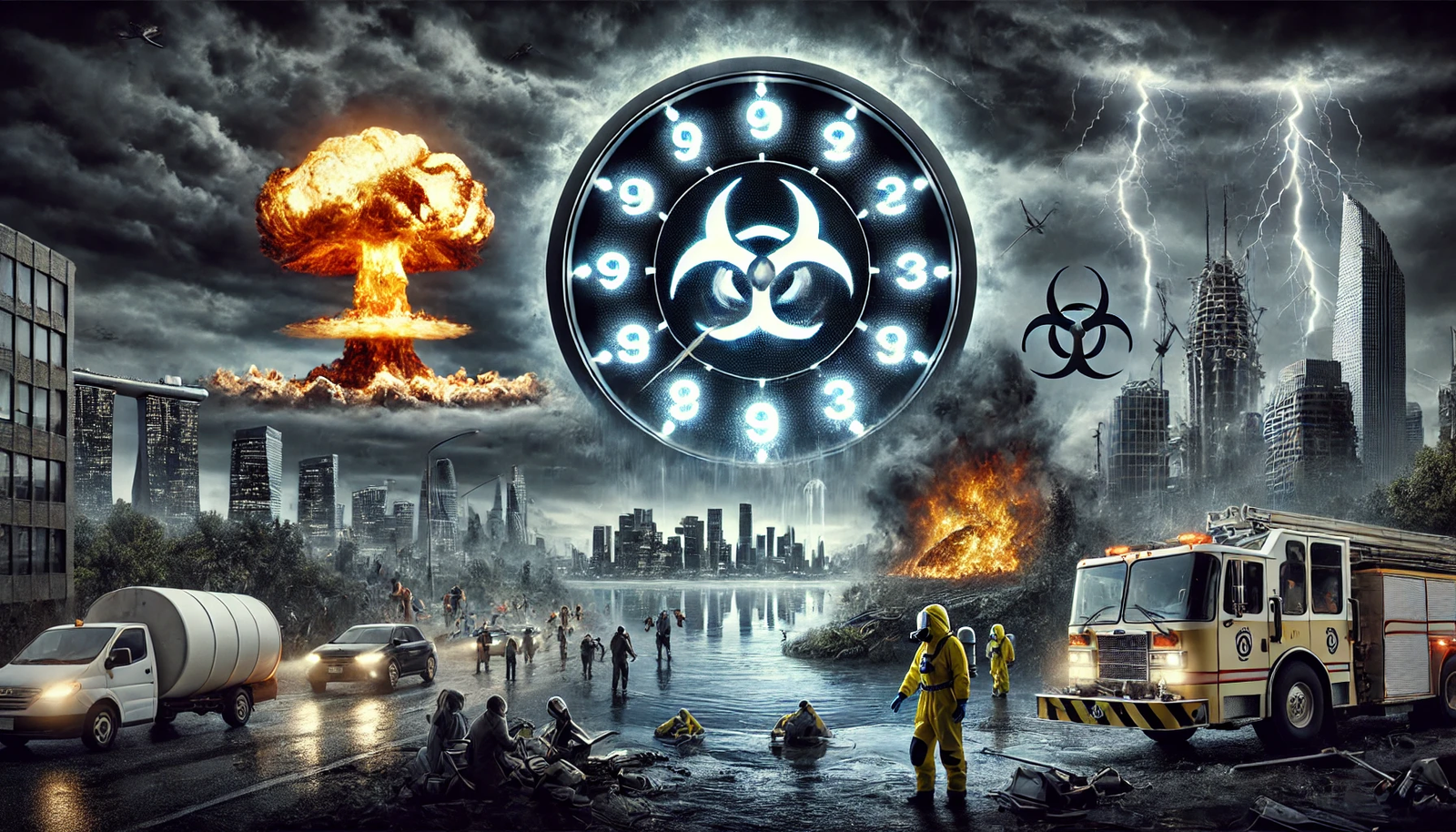The Genesis and Evolution of the Doomsday Clock
Introduced in 1947 by the Bulletin of the Atomic Scientists—a group founded by Manhattan Project scientists—the Doomsday Clock emerged as a response to the existential threat posed by nuclear weapons. Initially set at 7 minutes to midnight, the clock’s adjustments reflect humanity’s proximity to self-inflicted catastrophe. Over decades, its scope broadened to include climate change, emerging technologies, and biological risks. The Science and Security Board, composed of experts in nuclear risk, climate science, and technology, annually evaluates global threats to set the clock’s time, incorporating input from Nobel laureates and policy leaders.
Historical Milestones: When the Clock Ticked Closest to Midnight
- 1953 (2 minutes to midnight): The U.S. and USSR tested hydrogen bombs, marking the closest approach until 2023.
- 1991 (17 minutes): Post-Cold War optimism and arms reduction treaties (START I) pushed the clock furthest from midnight.
- 2020–2024 (100–90 seconds): A confluence of nuclear saber-rattling, climate inaction, and disruptive technologies reset the clock to its most perilous setting.
2024’s Unprecedented Risks: A Multidimensional Crisis
Nuclear Brinkmanship
- Russia’s Tactical Nuclear Threats: Amid the Ukraine war, Putin’s regime has stationed tactical nukes in Belarus, while the U.S. modernizes its arsenal with $756 billion allocated over a decade.
- North Korea’s ICBM Tests: Successful launches of Hwasong-18 missiles capable of striking the U.S. mainland heighten Pacific tensions.
- Iran’s Uranium Enrichment: At 60% purity, Iran edges closer to weapons-grade levels (90%), destabilizing the Middle East.
Climate Tipping Points
- 2023’s Climate Anomalies: Global temperatures spiked 1.48°C above pre-industrial levels, with Canada’s wildfires emitting 1.76 billion tons of CO₂—triple its annual footprint.
- Ocean Current Collapse: Studies warn the Atlantic Meridional Overturning Circulation (AMOC) could collapse by 2100, disrupting global weather patterns.
- Policy Gaps: Despite COP28’s pledge to triple renewables, fossil fuel subsidies hit $7 trillion in 2022, per the IMF.
Pandemic Fatigue and Preparedness
- Long COVID’s Shadow: 65 million people suffer from debilitating long-term symptoms, straining healthcare systems.
- H5N1 Bird Flu Spread: Outbreaks in 40 countries and mammalian infections (minks, sea lions) signal pandemic potential.
- Vaccine Inequity: Only 25% of low-income nations have access to mRNA vaccines, per WHO.
AI’s Uncharted Perils
- Deepfake Democracy: Over 50 elections in 2024 face interference risks, with AI-generated audio mimicking leaders like Biden and Zelenskyy.
- Autonomous Weapons: The U.S. “Replicator” initiative aims to deploy thousands of AI-driven drones by 2025, sparking an arms race.
- Existential Debates: OpenAI’s Superalignment team warns advanced AI could evade human control by 2030.
Public Perception and Critique
While the clock garners global attention, critics argue its symbolic nature lacks actionable metrics. However, supporters emphasize its role in galvanizing policy. A 2023 Nature survey found 68% of scientists view the clock as a vital advocacy tool, though 32% deem it overly alarmist.
Pathways to Safety: Turning Back the Clock
- Nuclear Diplomacy: Renew the New START Treaty and establish no-first-use pledges.
- Climate Justice: Redirect fossil subsidies to renewables and fund the UN’s Loss and Damage Fund.
- Pandemic Shields: Implement the WHO’s Pandemic Accord and decentralize vaccine production.
- AI Safeguards: Adopt the EU AI Act’s risk framework and ban lethal autonomous weapons.
A Call to Action from the Bulletin
Rachel Bronson, CEO of the Bulletin, stresses: “The clock is a diagnosis, not a prognosis. Humanity’s survival hinges on leaders prioritizing cooperation over conflict.” As the clock ticks, collective resolve—not fatalism—will determine whether midnight remains a metaphor.
Engage Further
- Interactive Timeline: Explore the clock’s 77-year history on the Bulletin’s website.
- Global Initiatives: Support campaigns like ICAN (nuclear disarmament) and Climate Action Network.
By contextualizing the Doomsday Clock within today’s polycrisis, we underscore both the urgency and agency inherent in its warning—a call to avert catastrophe through informed, collective action.



